cowborgs in the polder
How the design of farm buildings, animal bodies and technologies transformed Dutch dairy landscapes
NWO funded research (SSH Open Competition Pilot)
PI: Víctor Muñoz Sanz
Automated technologies have driven the transformation and growth of the Dutch dairy industry. Today, this sector is questioned for its adverse effect on nature. To better address environmental problems caused by farming, it is important to understand how the use of automation in this sector is affecting those places where food is produced.
This transdisciplinary research study will examine the interactions between animals, humans, robots, data technologies, and farm architecture in the industrialized large-scale Dutch dairy landscapes, from 1992 to the nitrogen crisis. Ultimately, the project will broaden our conception of how technology and industrial capitalism shape the built environment.
This transdisciplinary research study will examine the interactions between animals, humans, robots, data technologies, and farm architecture in the industrialized large-scale Dutch dairy landscapes, from 1992 to the nitrogen crisis. Ultimately, the project will broaden our conception of how technology and industrial capitalism shape the built environment.
architectural encounters with ai
Ongoing research at TU Delft
in collaboration with Georg Vrachliotis, Group of History and Theory of Architecture and Digital Culture
The aim of this
research platform is to systematically investigate the architectural and urban spatialization
of AI technologies. Following
the analysis of selected automated environments and closed systems, we will study several case studies of automated work landscapes to address issues of architectural design, energy and land consumption,
labor, infrastructures and industrial networks.
Its contribution aspires to be threefold: 1) anticipate the implications for sustainable urbanization of the digital transition in productive environments; 2) develop transdisciplinary methods to investigate the cultural and ecological significance of the digitization of the environment; and 3) make a fundamental step towards the still unwritten architectural history of artificial intelligence.
The project is embedded in a cooperation between the my research in the Department of Urbanism, with the Theory of Architecture and Digital Culture Group in the Department of Architecture.
Research Lead: Víctor Muñoz Sanz, Georg Vrachliotis
Ph.D. researcher: Gent Shehu
Its contribution aspires to be threefold: 1) anticipate the implications for sustainable urbanization of the digital transition in productive environments; 2) develop transdisciplinary methods to investigate the cultural and ecological significance of the digitization of the environment; and 3) make a fundamental step towards the still unwritten architectural history of artificial intelligence.
The project is embedded in a cooperation between the my research in the Department of Urbanism, with the Theory of Architecture and Digital Culture Group in the Department of Architecture.
Research Lead: Víctor Muñoz Sanz, Georg Vrachliotis
Ph.D. researcher: Gent Shehu
making green work
Research initiative
Initiator: Víctor Muñoz Sanz
Partners: IRAP Institut für Raumentwicklung, OST; Almere; Innovation and Technology for Development Centre, Universidad Politécnica de Madrid, Department of Landscape Architecture, Harvard Graduate School of Design.
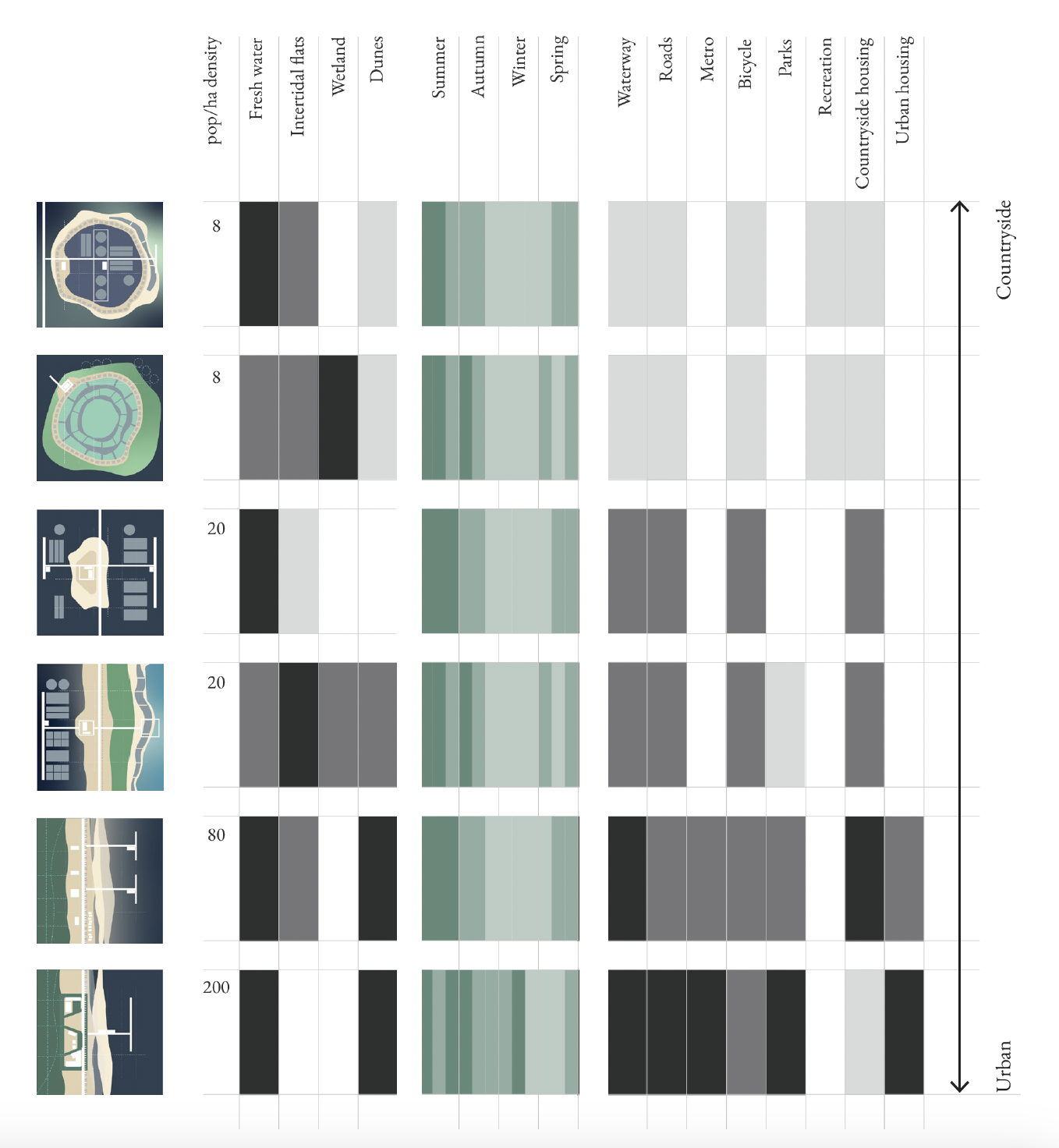
Amidst the impacts of the COVID-19 pandemic, the European Commission wants to align the Biodiversity Strategy of the European Green Deal (EGD) with restoring local economies. This strategy calls on European cities over 20.000 people to develop ‘Urban Greening Plans’ by 2030. The EGD points at the widely accepted benefits of green urban spaces, ranging from health, recreation, refuge to nature, and mitigation of climate change. More importantly, it points at how the extensive deployment of green infrastructure in urban and periurban areas has the potential to have a positive economic impact in cities: new related jobs can help tackle inequalities and ensure a just transition to climate neutrality. Yet, effective tools and practical implementation models to unlock socioeconomic impact connected to urban greening are missing. Making Green Work addresses the need of urban stakeholders for new capacities to enable green-blue and climate adaptation infrastructure while fostering synergistic economies at the neighbourhood scale. For that, Making Green Work integrates: 1) spatial typologies and places for green work; 2) relevant policies, business and technologies; and 3) action-embedded pedagogies for behavioral change.
This research line, developed in in association with other (inter)national partners and educational initiatives, deals with understanding the spatial planning and design conditions supporting the deployment of infrastructures for the green transition and related green jobs in cities. What will nature-inclusive area development mean for the economic profile of a city and its associated jobs? Questions being touched upon in this project include: How to increase the public acceptance of new infrastructures supporting the green transition? How to align such project with place identities, including types of landscape and labor skills? What are the precise spatial design implications and needs of such infrastructures? How can those needs be integrated into an urban setting?
Image: Agro-urban ecologies. Honors program research by Fábio Alberto Alzate Martinez (TU Delft)
Related publications:
Herdt, T. & Muñoz Sanz, V. (2023). "Experts as game changers: A critical discourse analysis of climate adaptation measures in the Amsterdam Metropolitan Region,” in Urban Planning vol 8, issue 2. ︎︎︎︎
Muñoz Sanz, V., Herdt, T., Romero Muñoz, S., Bello Gómez, L., & Sánchez Chaparro, T. (2022). "Between Top-down and Bottom-up: A comparative study on organizational and governance models in a new generation of Urban Forests.” Abstract published in International Conference Urban Forests, Forest Urbanisms & Global Warming: Developing Greener, Cooler and more Resilient Cities: Book of Abstracts (pp. 19). KU Leuven. ︎︎︎︎
Muñoz Sanz, V., Romero Muñoz, S., Bello Gómez, L., Sánchez Chaparro, T., & Herdt, T. (2022). “Making Green Work: Implementation Strategies in a New Generation of Urban Forests,” in Urban Planning vol 7 issue 2.︎︎︎︎
Herdt, T. & Muñoz Sanz, V. (2023). "Experts as game changers: A critical discourse analysis of climate adaptation measures in the Amsterdam Metropolitan Region,” in Urban Planning vol 8, issue 2. ︎︎︎︎
Muñoz Sanz, V., Herdt, T., Romero Muñoz, S., Bello Gómez, L., & Sánchez Chaparro, T. (2022). "Between Top-down and Bottom-up: A comparative study on organizational and governance models in a new generation of Urban Forests.” Abstract published in International Conference Urban Forests, Forest Urbanisms & Global Warming: Developing Greener, Cooler and more Resilient Cities: Book of Abstracts (pp. 19). KU Leuven. ︎︎︎︎
Muñoz Sanz, V., Romero Muñoz, S., Bello Gómez, L., Sánchez Chaparro, T., & Herdt, T. (2022). “Making Green Work: Implementation Strategies in a New Generation of Urban Forests,” in Urban Planning vol 7 issue 2.︎︎︎︎
post-habitat
Fellowship at Akademie Schloss Solitude (2019-2020)
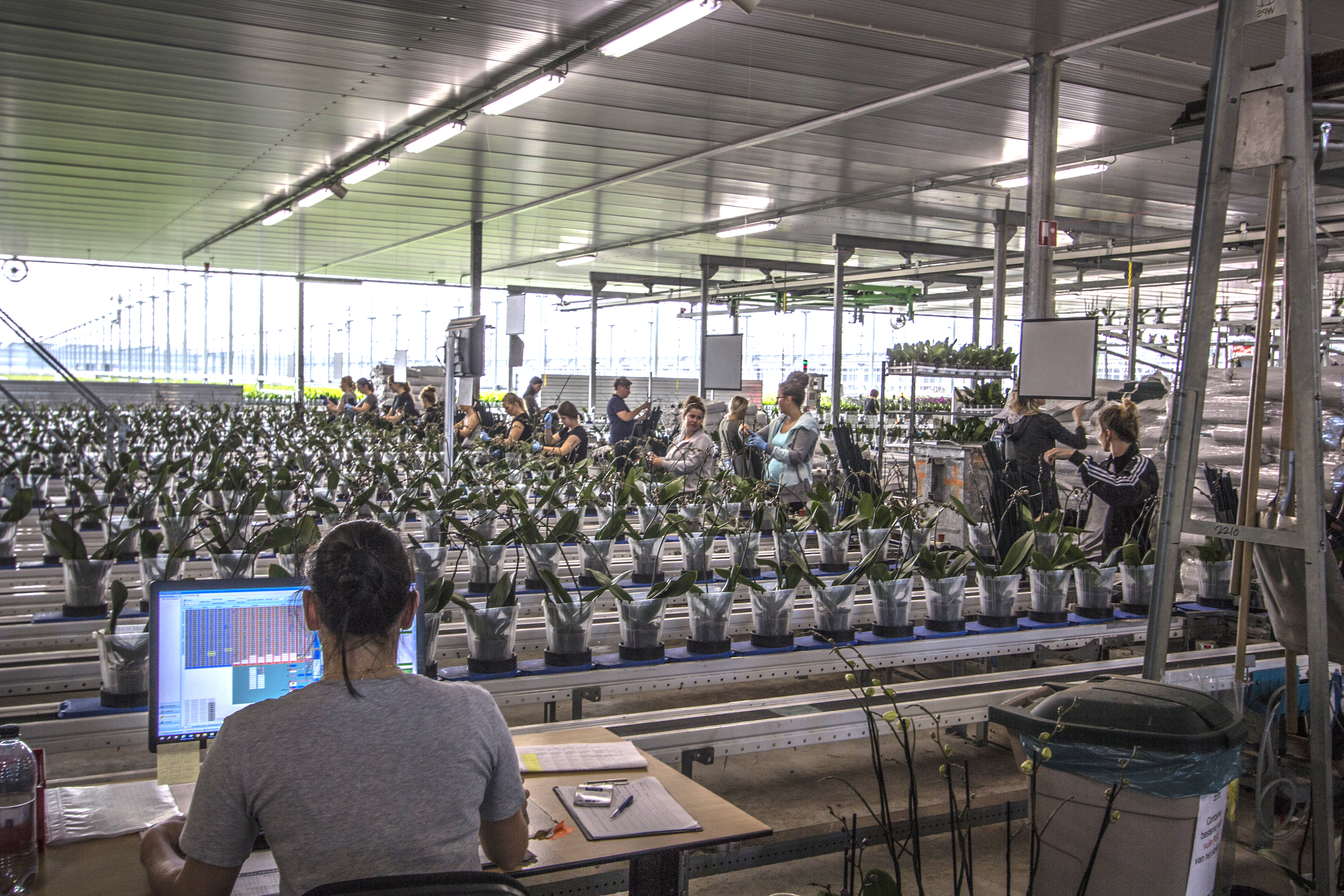
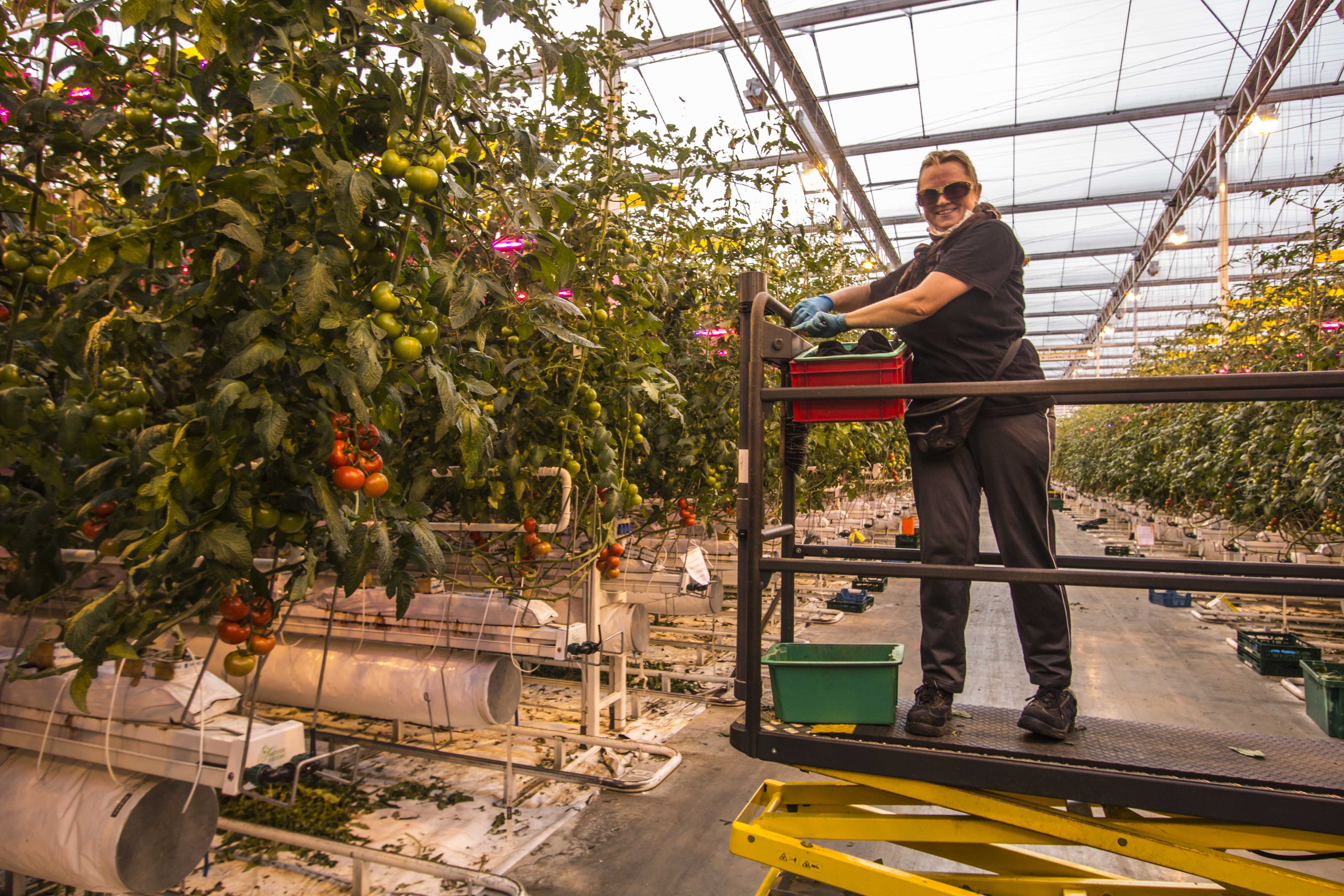
While that proposition might sound like science fiction, the reality is that such utopia is already embodied in everyday products available all year round, anywhere, that we eat, drink, or simply desire for their ‘natural’ beauty. This research, conducted during my fellowship at the Akademie Schloss Solitude, highlighted the posthuman turn taking place in the spaces of horticulture and farming, its potentials, risks, and conflicts.
Through this work I explored different presentation formats to formulate questions and present findings, such as an installation, essays, videos, and collage.
Related publications:
Muñoz Sanz, V. (2020), “Genes, Robots, and Toxicity: the Haunted Landscapes of Milk Production”, in Solitude Journal 1, issue on ‘Collective Care and Response-ability”, pp. 58-67. ︎︎︎︎
Muñoz Sanz, V. (2020), “Best Supporting Characters,” in: Riha, T. et al., eds., Steel Cities: Architecture of Logistics in East Central Europe. Prague, Zurich: VI PER, Park Books, pp. 290_304. ︎︎︎︎
Muñoz Sanz, V. (2020), “Genes, Robots, and Toxicity: the Haunted Landscapes of Milk Production”, in Solitude Journal 1, issue on ‘Collective Care and Response-ability”, pp. 58-67. ︎︎︎︎
Muñoz Sanz, V. (2020), “Best Supporting Characters,” in: Riha, T. et al., eds., Steel Cities: Architecture of Logistics in East Central Europe. Prague, Zurich: VI PER, Park Books, pp. 290_304. ︎︎︎︎
habitat
Research and publication (2018-2020)
Coordinator Jaap Bakema Study Centre / c0-editor
With: Dirk van den Heuvel and Janno Martens
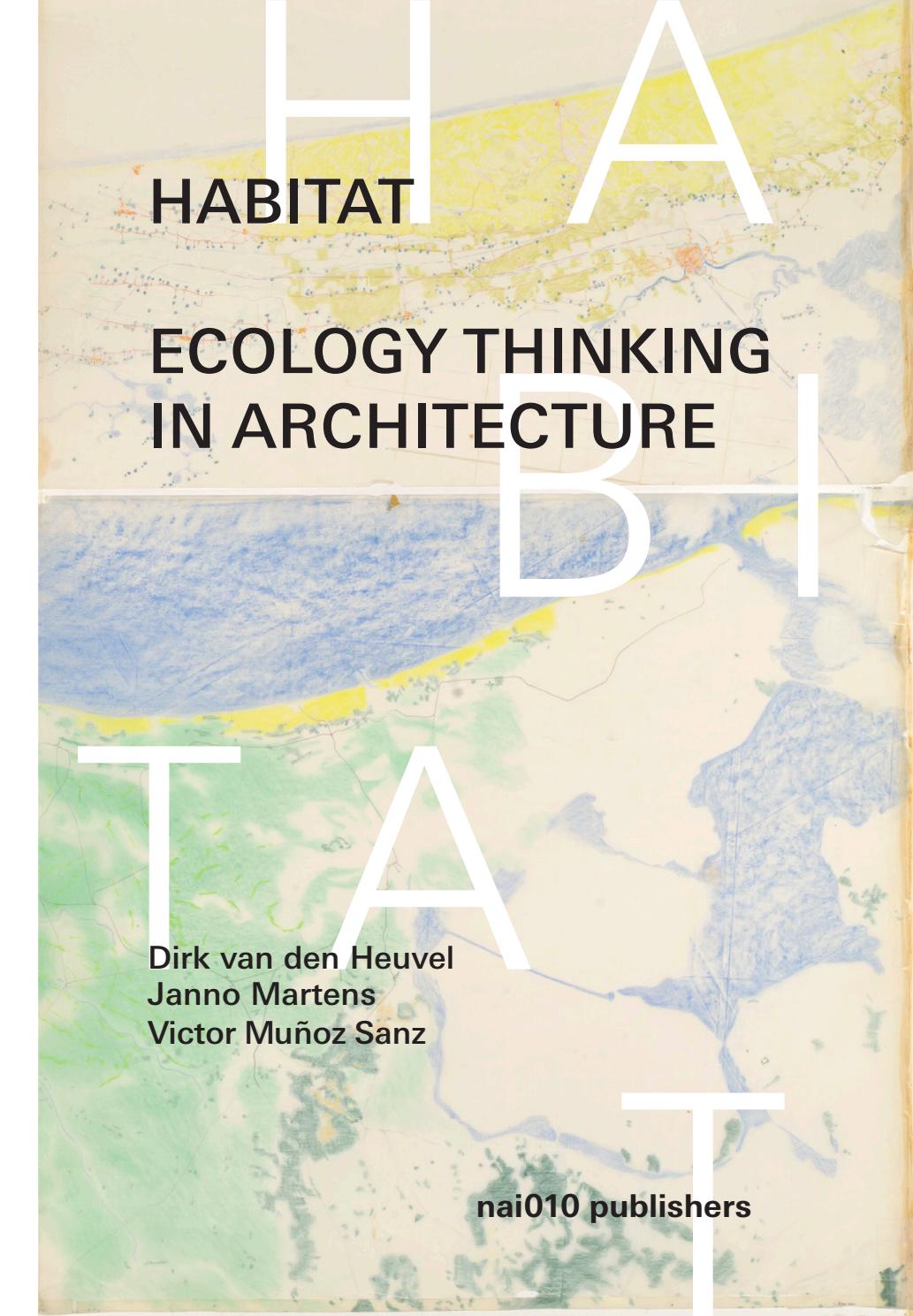
Habitat: Ecology Thinking in Architecture, a new look at ecological thinking and a contribution to its historiography, is the result of research undertaken in the National Collection for Dutch Architecture and Urban Planning and in various international archives. The book features a fundamental rereading of classic sources like CIAM and Team 10, supplemented by lesser-known contributions from recent history and from leading designers today. Including work by Jaap Bakema, Aldo van Eyck, Alison and Peter Smithson, James Stirling, Arne Korsmo and Geir Grung, Pjotr Gonggrijp, RAAAF, Frits Palmboom and many others, the book, published by nai010, stems from research on Total Space and the exhibition Habitat Expanding Architecture, which took place at Het Nieuwe Instituut in 2018 and can now be visited online.
When the ecological term habitat was introduced in the 1950s in the avant-garde circles of CIAM (Congrès Internationaux d’Architecture Moderne) and Team 10, it became a subject of fierce debate. In addition to rethinking the housing issue, habitat brought a profoundly new way of looking at architecture and urbanism. Cities and buildings could no longer be seen as isolated objects, but instead were considered part of a larger whole, an environment or habitat.
In the light of climate change, ecological issues are receiving more attention today and are an important reason to reconsider the discipline of architecture. The book Habitat: Ecology Thinking in Architecture highlights some of the historical sources of the ecological views underlying the current reforms in architecture. There is a focus on the paradigmatic shift in thinking about the built environment as something that is inherently contextual and relational. This book describes the continuity, interruptions and transformations at stake and not only intensifies the current debate, but also offers suggestions for future research.
Habitat: Ecology Thinking in Architecture is largely based on fundamental research undertaken in the National Collection for Dutch Architecture and Urban Planning, which is managed by Het Nieuwe Instituut. Based on selections from the collection and additional material from international archives, this book presents extensive documentation of design proposals and research projects. It provides an overview of key positions since the 1950s, when the Habitat concept was first explored in an attempt to rethink the architecture and its purpose in general.
The book contains contributions by Frits Palmboom, Erik Rietveld, Hadas Steiner, Georg Vrachliotis, and Leonardo Zuccaro Marchi, combined with generous visual documentations of the work of renowned architects Aldo van Eyck, Alison and Peter Smithson, Van den Broek & Bakema, and many more.
Related publications:
Van den Heuvel, D., Martens, J., Muñoz Sanz, V., eds. (June 2020),![]() Rotterdam: NAI 010 Publishers. ︎︎︎︎
Rotterdam: NAI 010 Publishers. ︎︎︎︎
Van den Heuvel, D., Muñoz Sanz, V., eds.,![]() Insert in Volume #50, December 2016. ︎︎︎︎
Insert in Volume #50, December 2016. ︎︎︎︎
Wallpaper image in this page: Pjotr Gonggrijp. Morphological studies of the Dutch delta landscape, 1969. Collection Het Nieuwe Instituut, GONG 3
Van den Heuvel, D., Martens, J., Muñoz Sanz, V., eds. (June 2020),
Habitat: Ecology Thinking in Architecture,

Van den Heuvel, D., Muñoz Sanz, V., eds.,
Total Space.
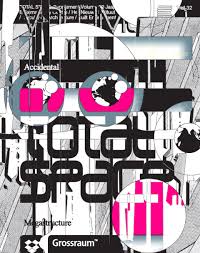
Wallpaper image in this page: Pjotr Gonggrijp. Morphological studies of the Dutch delta landscape, 1969. Collection Het Nieuwe Instituut, GONG 3